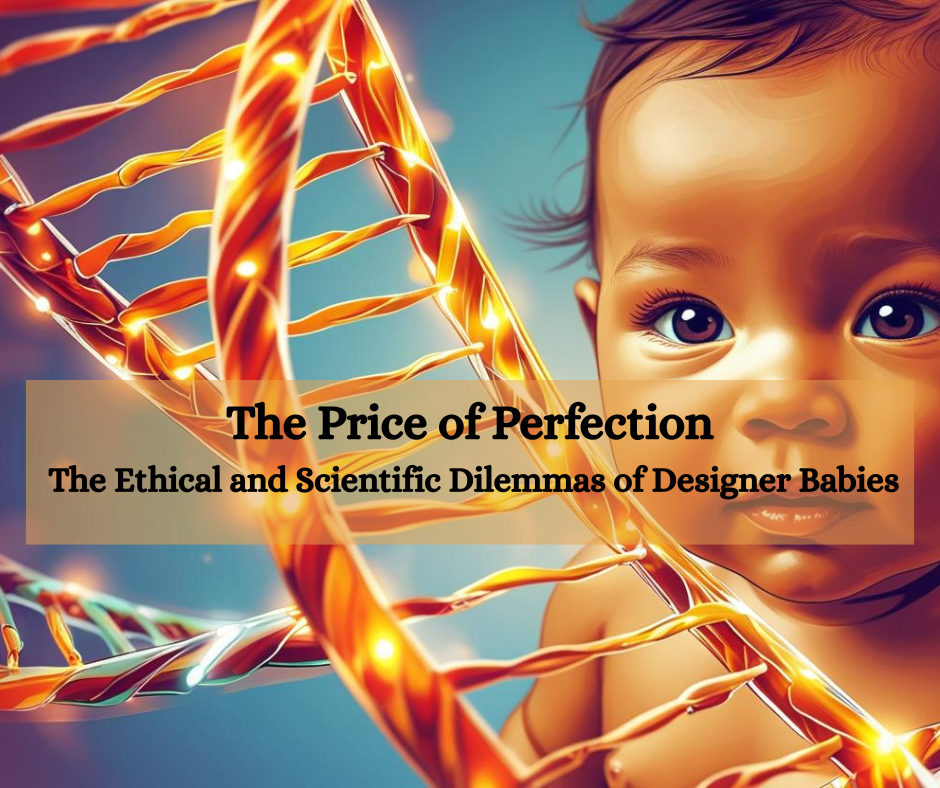The Price of Perfection: The Bioethics and Scientific Dilemma of Designer Babies
- Niranjana
- Aug 17
- 2 min read
In 2018, the birth of twin girls shook the world. Despite their typical attributes, the duo was subjected to one of the first examples of genetic editing on real embryos. The twins, Lulu and Nina, were born HIV resistant. Designer babies or babies whose genetic make-up can destroy or express a particular trait are often only available to a select few individuals. The twins garnered a trait that could help more than 39.9 million people lead thriving lives. However, with everything that appears seemingly perfect, there is always a drawback. Gene manipulation can lead to unintended off-target effects and ethical dilemmas involving the wealth gap.

When using any type of genetic manipulation, there are always off-target mutations. Genetic engineering is still at the start of its medical potential, so further research and development are needed before it can be safely implemented on humans. We are all familiar with the genetically modified fruits that have extra stems, more than one fruit on a plant, or are more prone to specific diseases.
Now imagine that same technology implemented on humans; it is impossible to say these effects won’t reflect on our populations if we start creating genetically engineered babies. The National Institute of Health claims “mutations or other effects could lead to cancer or other diseases.” Exposing the embryos, which are the most susceptible to diseases, can lead to exaggerated, irreversible consequences.
Additionally, ethical concerns arise around the moral reasons people would desire a designer baby. Some people want to eliminate diseases, claiming vaccines perform the same functions. However, most people who choose preventative care via genetic engineering usually have access to resources that the middle and lower classes don’t. If designer babies were commercially available, couldn’t affluent individuals modify their kids to hold NBA titles like Kobe or become the next Einstein?
Although these ideas seem dystopian and almost unimaginable, they may become possible with the rapid advancement of genetic engineering. Scientists primarily intend the technology for preventative measures. Still, unless there are government guidelines and societal uproar, nothing is stopping celebrities from creating every parent’s “dream” child for the price of a couple of million dollars.
In the common era, we are on the brink of genetic engineering that can manually enter into our genome and change the sequence of our very human entirety. Given the opportunity to eliminate every human illness, who would say no?
However, as humans, we have to know when to draw the line between safe and crazed genetic manipulation, remembering what longer-term effects they may induce and who has direct access to these procedures. The decisions we make today will shape the foreseeable future and beyond. It is up to us to regulate how genetic engineering, a powerful tool, should be used to shape the future.




Comments